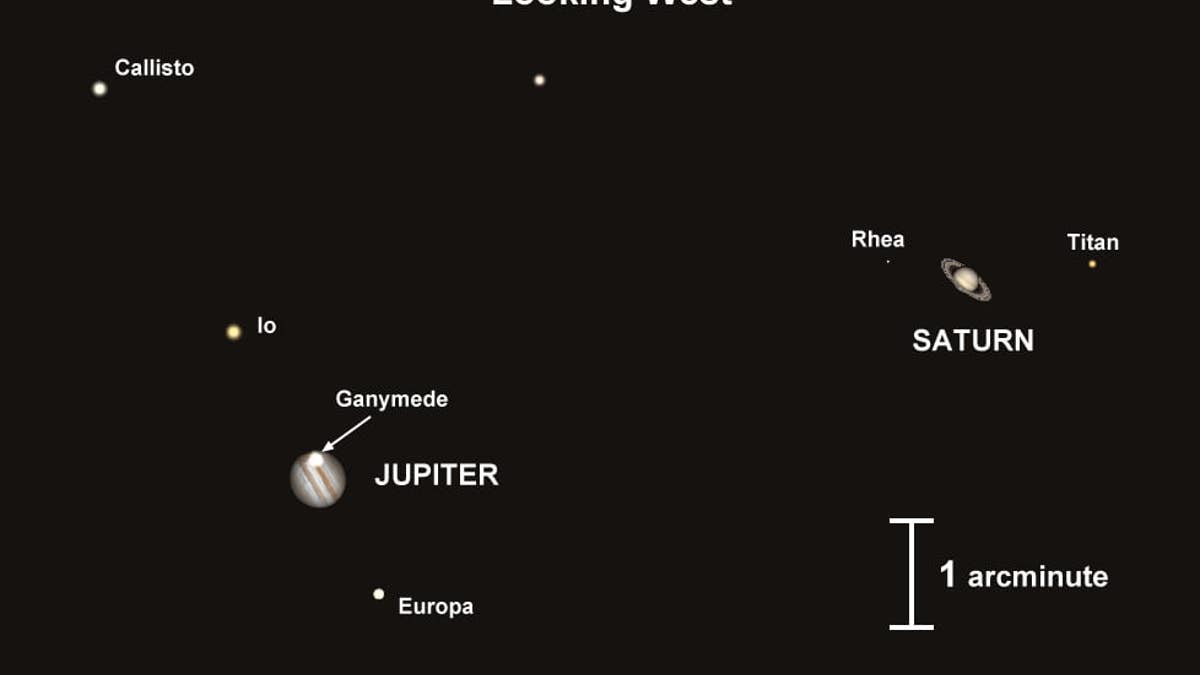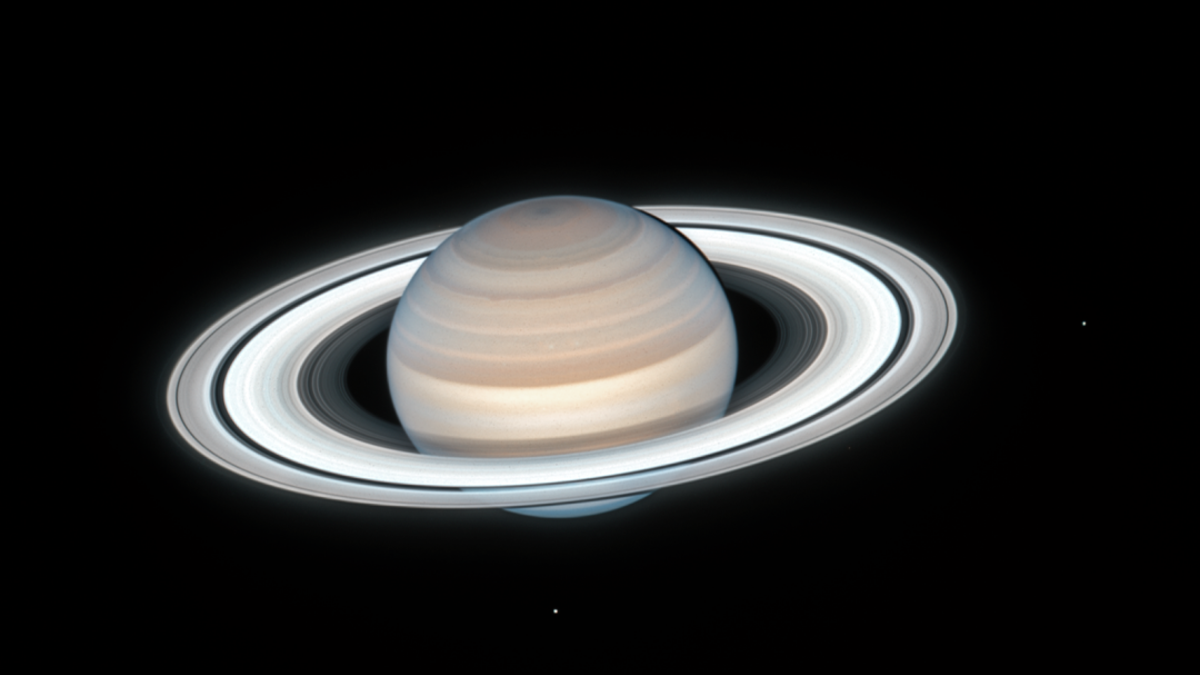Fox News Flash top headlines for December 6
Fox News Flash top headlines are here. Check out what's clicking on FoxNews.com.
This year has been a year unlike any other in recent memory and it will conclude with the return of a celestial event not seen for almost 800 years.
The two largest planets in the solar system, Jupiter and Saturn, will do something later this month not seen since the Middle Ages: forming what looks like a double planet. This celestial event has been dubbed the "Christmas star."
The rare occurrence will happen after sunset on Dec. 21, 2020, the start of the winter solstice.
JUPITER, SATURN SPOTTED OVER LEGENDARY BRONZE AGE STRUCTURE
"Alignments between these two planets are rather rare, occurring once every 20 years or so, but this conjunction is exceptionally rare because of how close the planets will appear to one another," said Rice University astronomer Patrick Hartigan in a statement. "You’d have to go all the way back to just before dawn on March 4, 1226, to see a closer alignment between these objects visible in the night sky."

A view showing how the Jupiter-Saturn conjunction will appear in a telescope pointed toward the western horizon at 6 p.m. CST, Dec. 21, 2020. The image is adapted from graphics by open-source planetarium software Stellarium. (This work, "jupsat1," is adapted from Stellarium by Patrick Hartigan, used under GPL-2.0, and provided under CC BY 4.0 courtesy of Patrick Hartigan)
Between Dec. 16 and Dec. 25, the two planets will be separated by less than a full moon, Hartigan added.
"On the evening of closest approach, on Dec. 21, they will look like a double planet, separated by only fifth the diameter of the full moon," Hartigan explained. "For most telescope viewers, each planet and several of their largest moons will be visible in the same field of view that evening."

(Credit: NASA)
The celestial event that has been dubbed the Christmas Star, or Star of Bethlehem, can be observed anywhere on Earth, but Hartigan noted the farther north someone is, "the less time they have to catch a glimpse."
Franck Marchis, senior planetary astronomer at the SETI Institute and Chief Scientific Officer at Unistellar, said this is a celestial event "you don't want to miss."
"Though they are actually 456 million miles apart, these two massive planetary bodies will be 0.1 degrees apart from our perspective here on Earth," Marchis said in an email to Fox News. "Since it has been more than 800 years since the last time that this event was visible, we are gifted with a truly remarkable opportunity to observe the wonders of the cosmos and share the experience with the people we cherish most."
The nativity star may also have been a rare celestial alignment, with Jupiter, Venus and a star known as Regulus all aligning around 2 B.C., Justin Mason, a director of Old Dominion University's Pretlow Planetarium, told The Virginian-Pilot.
OCEAN ON JUPITER'S MOON 'COULD BE HABITABLE,' RESEARCHERS SAY

NASA's Hubble Space Telescope captured this image of Saturn on July 4, 2020. (Credits: NASA, ESA, A. Simon (Goddard Space Flight Center), M.H. Wong (University of California, Berkeley), and the OPAL Team
Stargazers should try to see the event this month or risk waiting a long time for the next occurrence. The two planets won't be this close to each other again until March 15, 2080, and sometime after the year 2400, Hartigan said.
CLICK HERE TO GET THE FOX NEWS APP
A version of this story was originally published on Nov. 23. It has been updated to include additional information.

